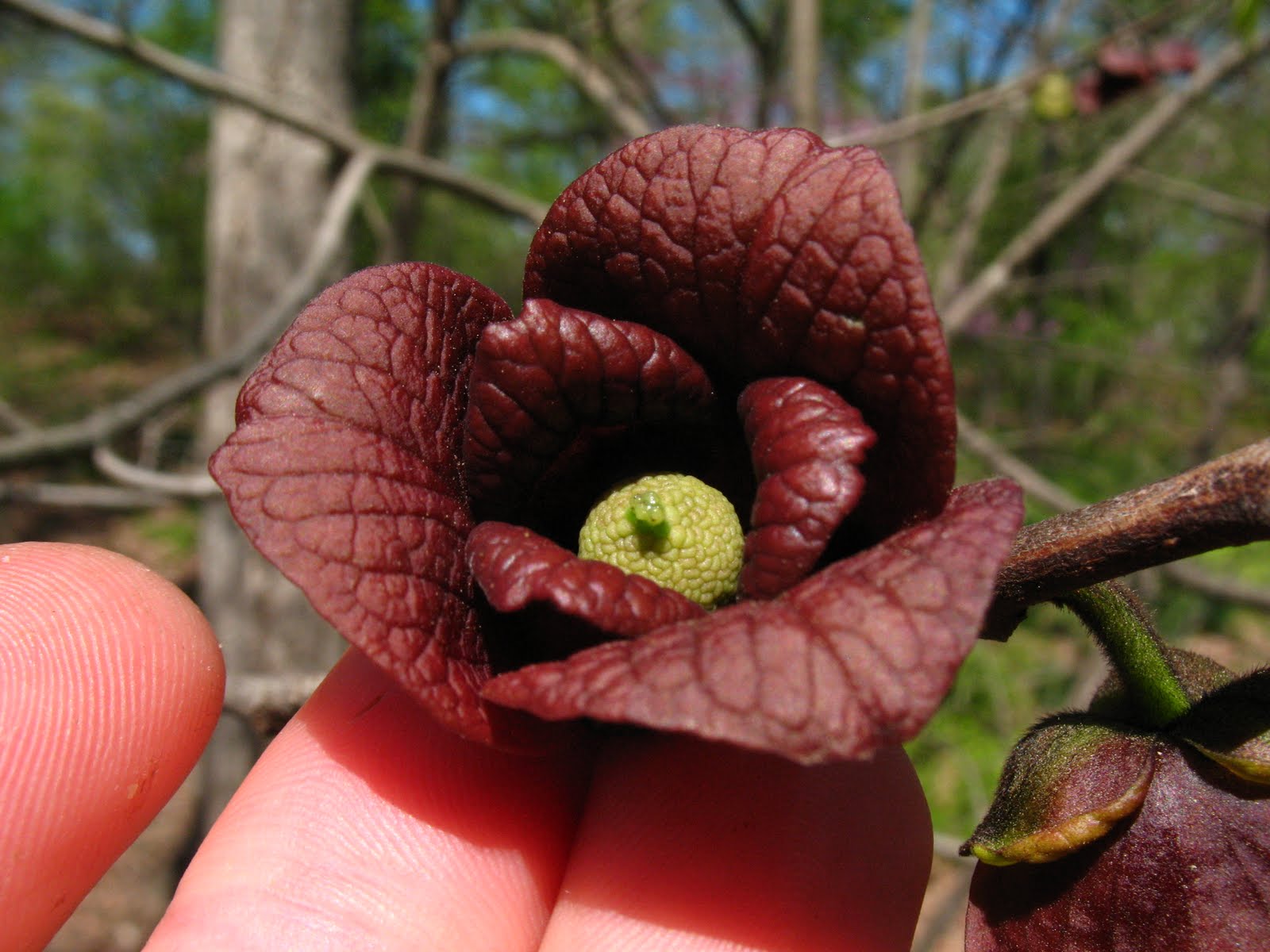

During the Great Depression, foraged pawpaw supplemented the diets of many people suffering from economic hardship, acquiring the common name “poor man’s banana” during this time. In much the same way as it had for Native peoples, pawpaw helped to sustain Lewis and Clark on their expedition through its ripe and dried fruit. Thomas Jefferson grew pawpaw at Monticello with the hope of improving the notoriously short shelf-life of the fruit so as to market it, while chilled pawpaw was rumored to be a favorite of George Washington.

When European colonists arrived, they too utilized the pawpaw for food and its logs as split-rail fence owing to its insecticidal properties. Caterpillar hosts plants: leaves of hornbeam, Carpinus pawpaw, Asiminia spicebush. The bark, seeds, and leaves contain a neurotoxin that Native peoples used as a hunting poison, treatment for head lice, and general insecticide. They utilized the tough inner bark fibers to make ropes, fishing nets, and mats. Observing The Larval Stage, or more commonly known as the caterpillar stage, is equally fascinating. After approximately 4 to 6 days, these eggs hatch into tiny caterpillars. Native peoples of most tribes east of the Mississippi cultivated the plant, eating its fruit raw or drying it into cakes to be rehydrated and consumed later. Normally, Zebra Swallowtail females selectively lay their lemon-yellow eggs on young pawpaw trees. Since humans first arrived on the North American continent and came into contact with pawpaw, it has been widely utilized. The leaves, which smell like bell pepper when crushed, are also the only host for the larvae of the zebra swallowtail ( Protographium marcellus), making this species crucial to this butterflies life cycle. In a good year though, pawpaws can produce plenty of fruit to support consumption by opossums, foxes, squirrels, raccoons, deer, birds, and humans. This can cause lackluster fruit production if an area contains only one individual clone. However, since pawpaw grows colonially from root suckers, finding a genetically distinct individual can require these flies to range widely in order to successfully pollinate another pawpaw. As with most pollinators, they carry a small amount of pollen on them as they leave, looking for the next source of nectar. The brownish-maroon flowers of pawpaw point toward the ground so when insects emerge in the early spring, these flowers are the first source of nectar they find. 2005), including smallflower pawpaw, Asimina parviflora (Michx. In the Deep South, other Asimina species are utilized (Minno et al.

The production of this fruit is an interesting affair that requires pollen from two genetically-distinct individual trees and several species of early-spring emerging flies and beetles. Throughout most of the range of the zebra swallowtail common pawpaw, Asimina triloba (L.) Dunal (Figure 16), is the only host. The taste is usually compared to a banana mixed with a complex assortment of mango, vanilla, pineapple, and citrus flavors. This distinctive but obscure-looking green fruit ripens in September and October and is relished by humans and wildlife alike. It is the only temperate member of a large, tropical family of plants (Annonaceae) and produces North America’s largest edible fruit. Pawpaw ( Asimina triloba) is a small understory tree with large deep green leaves that can be found from the eastern portion of Texas to South Carolina and north to Michigan. Be sure to keep an eye open for zebra swallowtails and spend a few moments searching pawpaw leaves for magnificent zebra caterpillars.Throughout much of the American South, Mid-Atlantic, and Midwest, fall arrives on the wings of red or gold foliage and the taste of the pawpaw fruit.

Take a moment for a walk along the river and enjoy the pawpaw trees, which will soon produce delicious fruit. The presence of acetogenins likely helps protect both the beautiful butterflies and their larvae from the beaks and teeth of hungry predators. Scientists believe that these compounds originate in the leaves of pawpaw, are stored in the tissues of caterpillars as they eat leaves, and then passed along to the adult butterfly when the caterpillar pupates. Sophisticated chemical analysis revealed that zebra swallowtail caterpillars and adults contained annonaceous acetogenins similar to those found in pawpaws. A similar story holds for the zebra swallowtail butterfly. In previous episodes we learned how monarch caterpillars turned the tables on milkweeds and used defensive compounds produced by milkweeds for their own defense against predators. Ah, but herbivorous insects often discover ways to deal with defenses thrown at them by plants.


 0 kommentar(er)
0 kommentar(er)
